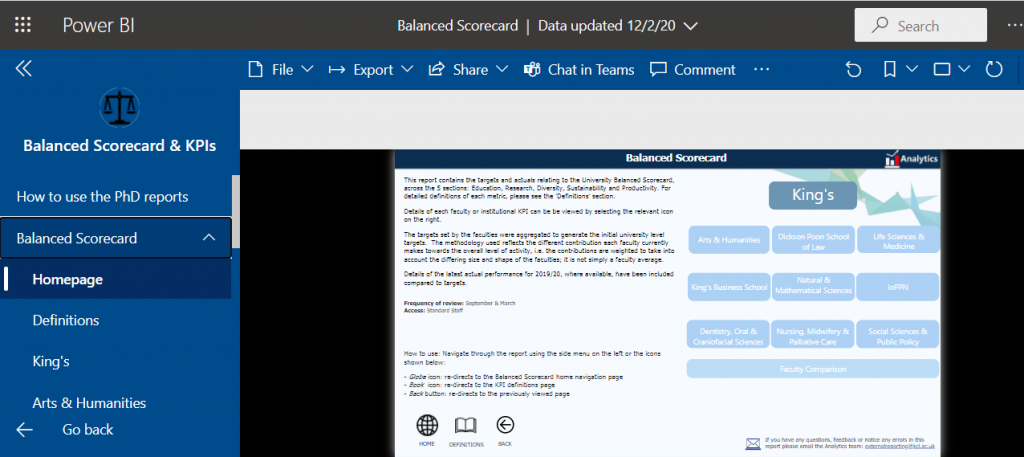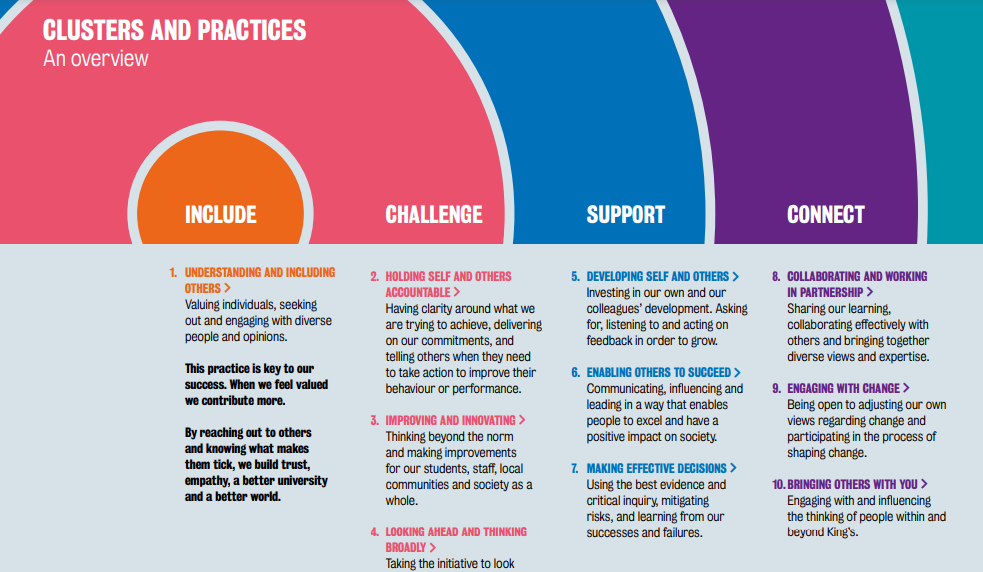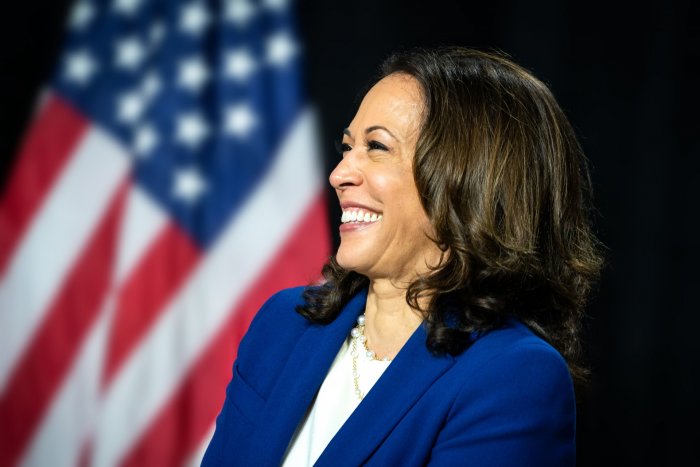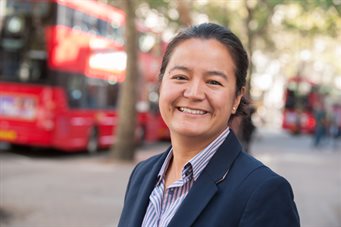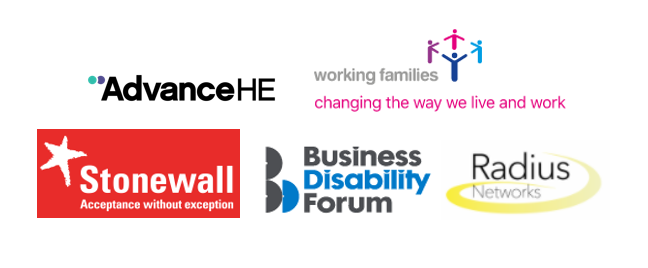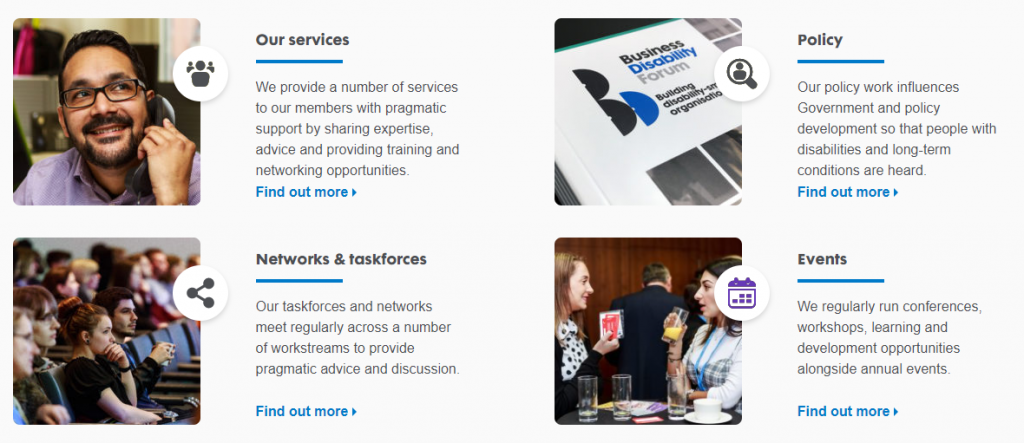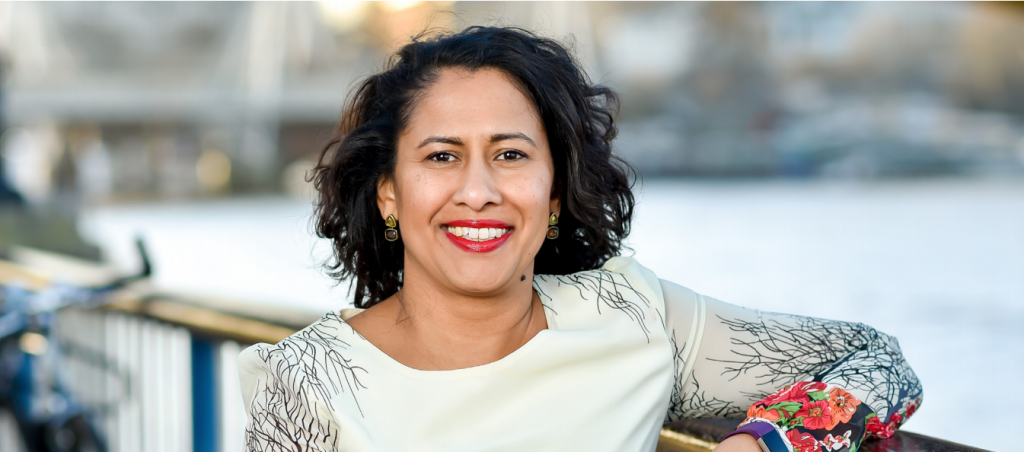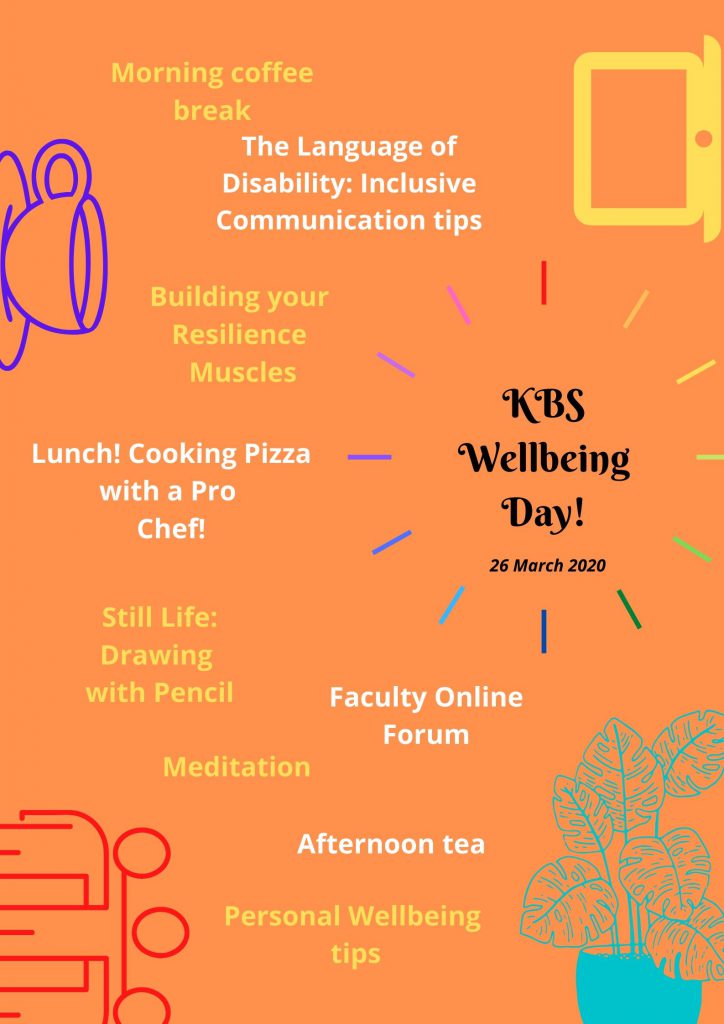This blog is part of a series from Director of Equality, Diversity and Inclusion, Sarah Guerra, where she will be addressing the ‘whole picture’ of EDI, why it is important, and how we go about making effective, systemic change.
One of the crucial elements of my EDI philosophy is helping people see that there is no single ‘right’ answer to achieving equality, diversity and inclusion – it takes a collection of concerted and connected activities to move in the direction you seek. Similarly, nothing stands still – you cannot set off on your strategic journey expecting there to be a fixed or distinct EDI end point – that we will reach ‘Diversity Nirvana’ so to speak. The world, society, and individuals are constantly changing and evolving, and we need to recognise and adapt to that.
That makes succession planning hard but also critical. By that, I mean thinking proactively about what talent, skills and knowledge you need now and what you will need in the future. This is important across any organisation and vital for key roles. What if certain people left at short notice? What if X or Y changes? How will the organisation cope and adapt? Can it handle changes without massive disruption or danger?
It’s timely that I write this blog, as recently I met with colleagues leading a project called the ‘Size and Shape refresh’ – this is King’s ten-year planning framework. It seeks to set out a series of projected endpoints for 2029 across a range of indicators. These were first developed in 2018 as the result of careful consideration around key issues related to education, research, finance, space and people. Size and Shape was designed to be a deliverable and balanced plan and emphasised the interconnectedness of different aspects of the strategy to be used in business planning rounds to inform annual targets, budget setting and strategic decision-making. This is a significant layer of information that enables succession planning.
I of course advocate that succession planning has the most value when it is implemented looking consciously through an equality and diversity lens. That means, leaders take a step back and consider the future needs of the organisation and build a broad-based plan that addresses these critical needs. Alongside this, they need to consider the whole workforce in terms of building greater diversity. That means understanding the different parts of the workforce, what the pipeline into them is and who is in the current ‘talent’ pool of the organisation. So, for example if underrepresented in certain areas or there are pay gaps – how does addressing these fit into the succession planning efforts?
This activity needs to have data – both qualitative and quantitative. HR needs to take an active role in ensuring the relevant data is shared and considered. That any stated objectives and KPIs that exist are examined and if necessary revisited and updated. These objectives need to be organisation wide and specific for individual units in the organisation – at King’s, our KPIs can be broken down by individual faculty and we look across Professional Services Directorates as a whole.
Having a clear EDI strategy and our KPIs means we can all have a clearer understanding of what success looks like and where we want to head as an organisation. This should also be a key component of setting and tracking performance criteria which can help to reduce bias. Organisations should, for example, ask themselves: what level of diverse talent will be needed in the pipeline to create a difference in the next three to five years? What policies or actions are needed to improve diversity if there is currently will not meet future needs?
Succession planning also enables a proactive and focused approach to supporting employee progression and development. This helps address several issues such as increased turnover, fast-paced changes at work, and the challenge of ensuring meaningful diversity across the organisation. When diverse talent is identified, it is important to ensure these individuals are supported. This involves regular and active discussion, and the provision of guidance and coaching to ensure strengths and stretch areas are identified. At King’s, our PDR and feedback processes should ensure that not only are success and achievement recognised, but so too are behaviours in accordance with our Principles in Action framework and where necessary areas for improvement, so lessons are learnt and understood to improve overall performance and so maximise student experience and outcomes.
Performance appraisal should mean there are regular individual progression discussions. The outcomes of these should be regularly reviewed at leadership level across an organisation. This is yet another way of reducing bias and helping surface talent. By developing a more collective idea of individual strengths and available opportunities, it allows those with potential to be more visible and gain access to opportunities, and so helps with succession planning.
Critically, organisations need to recognise that where groups are underrepresented, they need to be intentional in providing opportunities to raise the profile of individuals and reassure them that their talents are recognised. This helps everyone better recognise individual talent and realise people’s potential. This provides a virtual circle of enabling informed and effective succession planning.
I’ll end where I started – there is no single ‘right’ answer to achieving equality, diversity and inclusion. It requires a number of concerted and connected activities which includes understanding where you are as an organisation, who you currently have and where you want to get to. In thinking about that, we all need to be able to imagine a future that looks and feel different. Whilst I can’t tell you what Diversity Nirvana for any organisation looks like, I know it looks and feels different to how we all currently are.

